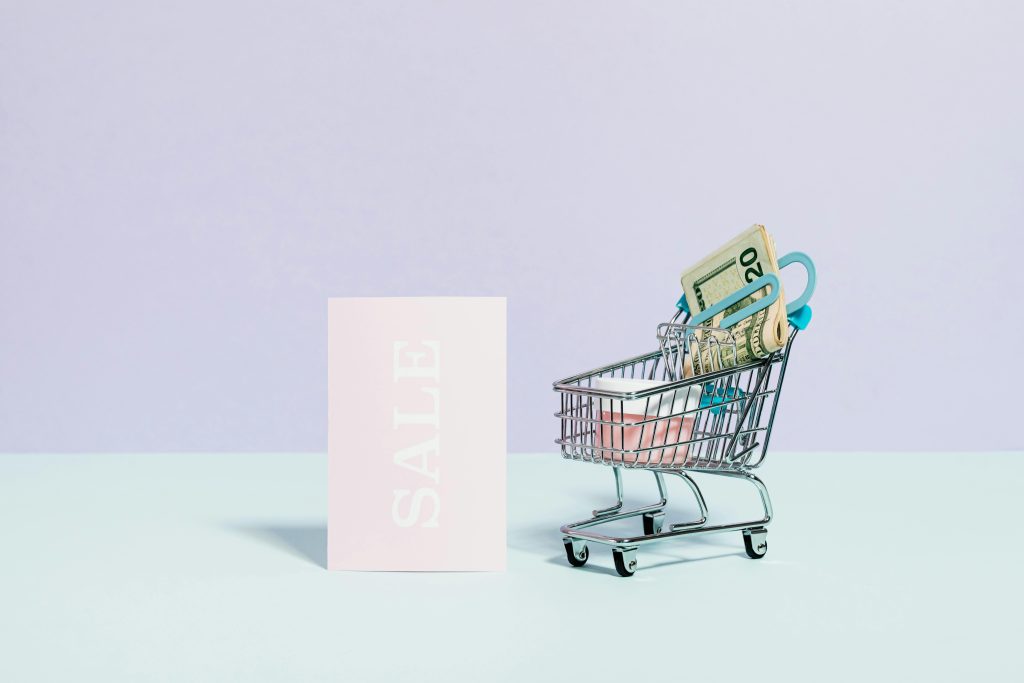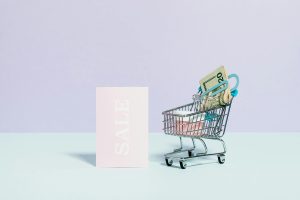
Selling on Amazon has become one of the most powerful ways for businesses to reach millions of customers worldwide. For companies looking to scale fast, Amazon wholesaleoffers a profitable business model where sellers purchase bulk products directly from manufacturers or distributors and resell them through Amazon’s marketplace. While the model is straightforward, achieving long-term success requires careful planning, strategy, and execution. This ultimate checklist will guide you through every step to ensure your wholesale journey on Amazon is both efficient and profitable.
Understanding the Amazon Wholesale Model
Before diving into strategies and checklists, it’s essential to fully understand what the wholesale model entails. Unlike private labeling, wholesale involves selling established, branded products that already have proven demand. You purchase inventory in bulk from authorized suppliers and sell it directly on Amazon, often competing with other sellers offering the same product.
Benefits of Amazon Wholesale
- Lower risk compared to private label, since products already have brand recognition and sales history
- Faster entry into the market with reduced time-to-launch
- Scalability as bulk purchasing often leads to better margins
- Access to well-established customer trust in recognized brands
Challenges to Keep in Mind
- Intense competition among sellers
- Complex supplier negotiations
- Need for capital to purchase bulk inventory upfront
- Price fluctuations impacting profit margins
Step 1: Research and Identify Profitable Products
The foundation of success in Amazon wholesale starts with the right product selection. Not every product is worth investing in, and research will help you avoid costly mistakes.
Key Product Research Criteria
- Strong sales rank (ideally within the top 100,000 in relevant categories)
- Consistent demand throughout the year, not just seasonal spikes
- Brands with proven customer loyalty
- Profit margins of at least 20% after Amazon fees and shipping
- Limited competition from Amazon itself, as competing with Amazon directly can be challenging
Tools for Product Research
- Jungle Scout and Helium 10 for sales rank and demand analysis
- Keepa to track pricing history and sales trends
- Amazon Best Sellers list to spot trending items
Step 2: Build Strong Supplier Relationships
Suppliers are the backbone of your wholesale business, and building long-term partnerships can make or break your success.
Finding Reliable Suppliers
- Attend trade shows to connect directly with manufacturers and distributors
- Use supplier directories like ThomasNet or Worldwide Brands
- Contact brands directly for authorized reseller opportunities
Negotiating Terms
- Aim for volume discounts to increase profit margins
- Negotiate payment terms to improve cash flow
- Request exclusivity for certain products, if possible
Step 3: Set Up a Professional Amazon Seller Account
To sell wholesale on Amazon, you need a professional seller account. This step ensures you can scale effectively and access the full suite of Amazon selling tools.
Requirements
- Business license and tax identification number
- Proof of supplier invoices for authenticity
- A bank account and credit card for payouts and fees
Benefits of a Professional Account
- Ability to list unlimited products
- Access to advanced selling tools and analytics
- Eligibility for the Buy Box, which drives the majority of sales
Step 4: Ensure Compliance with Amazon Policies
Amazon is strict about seller compliance, and violating policies can lead to account suspension. Ensuring compliance upfront prevents costly disruptions.
Key Compliance Factors
- Only source from authorized distributors or manufacturers
- Keep documentation for all purchases in case of audits
- Follow category-specific regulations, especially for restricted products
- Maintain accurate product listings with no misleading claims
Step 5: Optimize Product Listings for Visibility
Visibility is key to generating sales on Amazon. Even if you have the right products, poor listings will limit your success.
Listing Optimization Checklist
- Use keyword-rich titles that include brand, product type, and key features
- Write clear, benefit-focused bullet points
- Add detailed product descriptions with relevant keywords
- Upload high-quality images showing multiple angles
- Utilize backend keywords for additional search optimization
Step 6: Master Amazon’s Buy Box Strategy
Winning the Buy Box is critical in wholesale since multiple sellers often compete for the same listing.
Factors That Influence Buy Box Success
- Competitive pricing
- Prime eligibility and fast shipping
- High seller rating and customer feedback
- Consistent stock availability
Step 7: Manage Inventory Efficiently
Running out of stock or overstocking can both damage your profitability. Wholesale sellers must find the right balance.
Inventory Best Practices
- Use Amazon FBA for streamlined storage and fulfillment
- Track sales velocity to anticipate restock needs
- Set reorder alerts with inventory management software
- Avoid long-term storage fees by managing stock levels carefully
Step 8: Monitor Performance Metrics
Amazon provides sellers with a range of metrics to track performance. Monitoring these ensures you remain competitive and in compliance.
Key Metrics to Watch
- Order defect rate (ODR)
- Late shipment rate
- Customer feedback and reviews
- Buy Box percentage
- Sales performance by product
Step 9: Scale Your Wholesale Business
Once your systems are in place, the next step is scaling your Amazon wholesale operations.
Strategies for Growth
- Expand your product catalog with more profitable items
- Negotiate better supplier terms as order volumes increase
- Use Amazon advertising to increase product visibility
- Explore international Amazon marketplaces to reach global customers
Step 10: Stay Ahead of Trends and Competitors
Amazon is constantly evolving, and staying informed about trends ensures your business remains competitive.
How to Stay Updated
- Follow Amazon seller forums and industry news
- Track competitor pricing and product selection
- Adapt to new Amazon features like AI-driven advertising tools
- Monitor shifts in consumer demand and adjust inventory accordingly
Final Thoughts
Selling wholesale on Amazon is one of the most reliable and scalable e-commerce models available today. With the right products, trusted suppliers, and optimized strategies, businesses can build sustainable revenue streams on the platform. By following this ultimate checklist, you not only reduce risks but also position yourself for long-term success. Whether you’re just starting or looking to expand, VAngel Distribution can help you navigate the complexities of wholesale selling and achieve growth in the ever-competitive Amazon marketplace.



